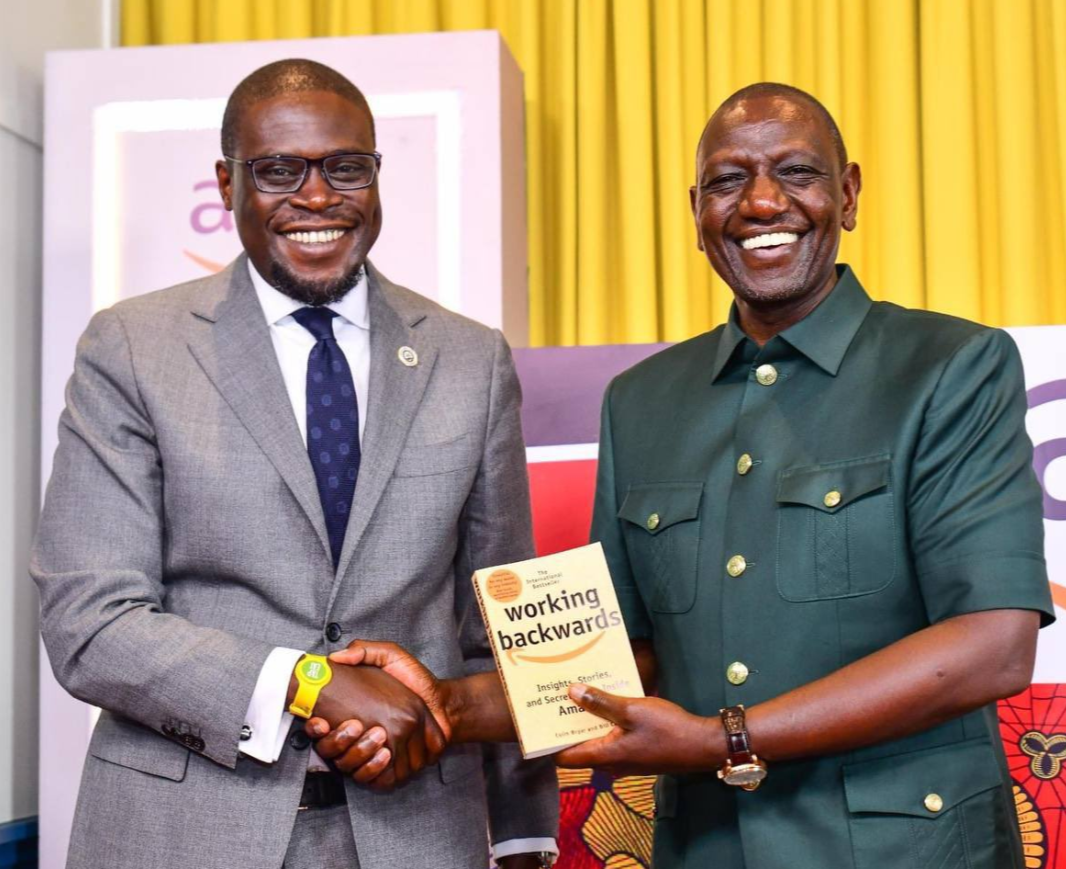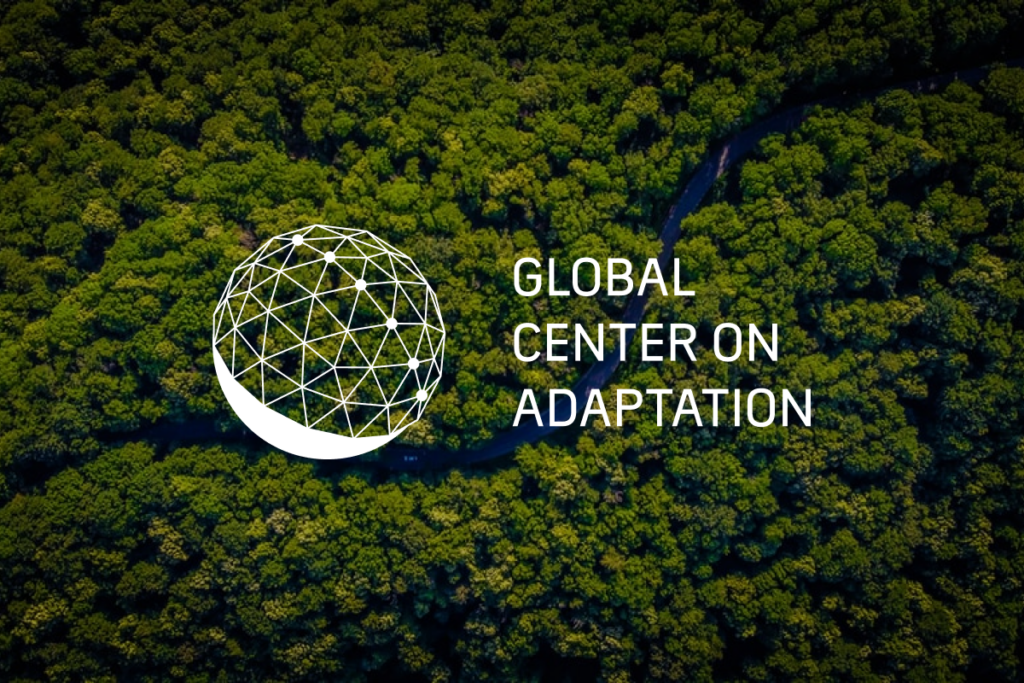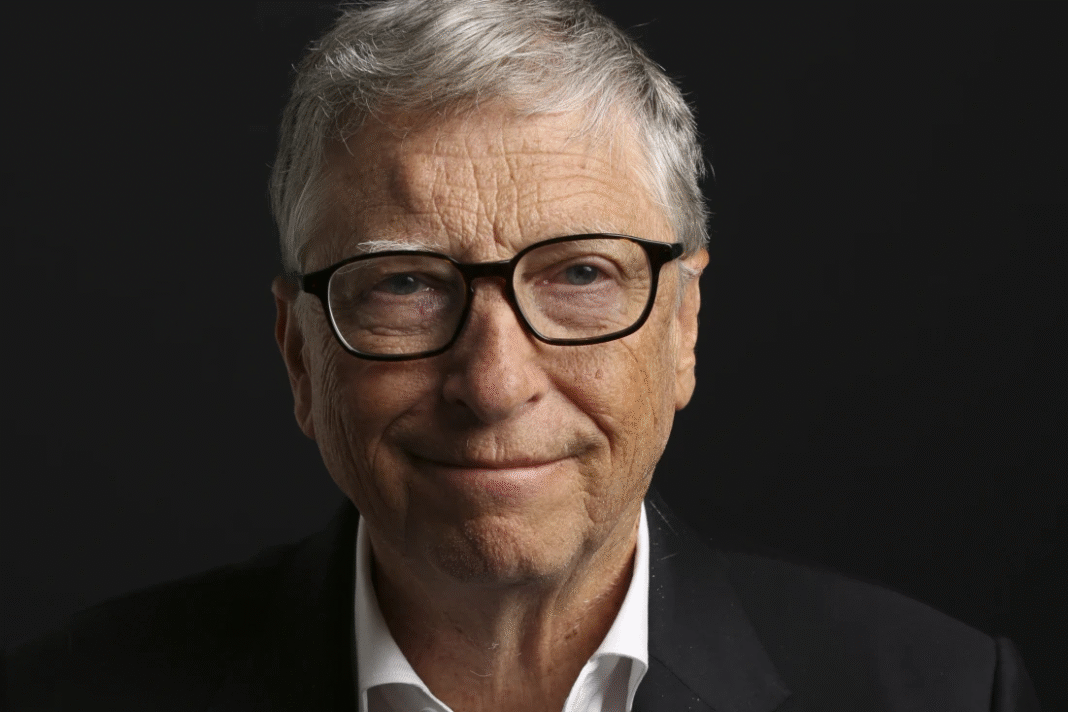President William Ruto has announced an ambitious plan to transform Nairobi through a national-county partnership that closely mirrors the former Nairobi Metropolitan Services (NMS).
Speaking on Sunday, October 12, 2025, Ruto outlined the deal after holding talks with Nairobi Governor Johnson Sakaja. The initiative targets a citywide cleanup, improved roads, better lighting, and modern infrastructure. The timing of this deal has drawn attention, coming weeks after Ruto and Raila Odinga stepped in to shield Sakaja from impeachment.

Return of NMS? Nairobi Set for Major Transformation Under Ruto-Sakaja Pact
President Ruto revealed that the national government and Nairobi County had agreed on four main areas of focus—cleaning up the city, upgrading roads, improving lighting, and expanding sewerage networks.
During the 70th anniversary of the Africa Inland Church (AIC) Ziwani, Ruto said Nairobi’s transformation was essential because the city represents Kenya’s image to the world.
“I sat down with the governor and Nairobi MPs, and we came up with a plan to transform Nairobi since it is the face of the country,” he stated.
The plan will see the national government channel funds and collaborate with the private sector to carry out a massive cleanup, rebuild roads, and enhance lighting across all estates. Ruto added that discussions with private firms were in their final stages and emphasized that Nairobi could no longer continue in its current state of neglect.
Citywide Cleanup and Sewerage Upgrade
The cleanup initiative will be one of the most visible projects under Ruto’s administration. It will include waste management reforms, beautification of public spaces, and rehabilitation of polluted water systems.
A major focus will be the ongoing Nairobi River restoration project, which is expected to be completed by January 2027. The project has been allocated Ksh40 billion, with most of the funds going toward building a comprehensive sewerage system.
Ruto’s administration hopes the cleanup will restore the city’s lost glory and improve public health. “We cannot continue to live in a dirty city,” he said, pledging government support for the initiative.
The collaboration with the private sector marks a shift from previous city projects, suggesting a more sustainable and accountable approach compared to past efforts.
Road and Lighting Rehabilitation
Ruto also prioritized fixing Nairobi’s deteriorating road network. He lamented that many estates still rely on murram roads that become impassable during heavy rains. The president confirmed that the national government would release funds to upgrade these roads into tarmacked and durable networks.
“Our aim is to ensure all our roads are rehabilitated and motorable,” Ruto said, adding that poor road conditions continue to slow economic growth and contribute to urban chaos.
In addition to the roads, Ruto highlighted poor street lighting as a major issue affecting security and business operations in the city. He promised to work closely with the county to install lighting across all estates.
“The third issue is we have agreed to light up the city because there is darkness in a lot of areas, and that leads to other problems,” he explained. “We want Nairobi to be a city in the light, not in darkness.”

Political Undertones and Sakaja’s Survival
The timing of Ruto’s announcement has stirred political debate. The agreement comes just weeks after Ruto and ODM leader Raila Odinga intervened to stop a looming impeachment against Governor Sakaja.
The two leaders gave Sakaja a three-month grace period to show tangible results in city management. The new deal now appears to be a lifeline for the embattled governor, whose administration has been under constant fire over garbage collection, flooding, and traffic chaos.
Political observers say the partnership may not only rescue Sakaja’s image but also reassert national control over Nairobi’s administration—reminiscent of the NMS era under former President Uhuru Kenyatta and then Major General Mohamed Badi.
While the NMS was controversial, many Nairobi residents recall its visible improvements in roads, health centers, and waste management. Ruto’s plan seems to borrow from that model but promises greater collaboration with the county and private sector.
A Vision for a Modern Capital
Ruto emphasized that Nairobi’s transformation is part of a broader national vision to turn Kenya into a first-world country by 2055. He believes the capital’s modernization will set the pace for other cities.
“We have the resources to move this country to a first-world nation within 30 years,” Ruto said confidently. “That is our target, and I have no doubt we will get there.”
The president’s remarks suggest that Nairobi’s revival is not just a city project but a key piece in his long-term development blueprint.
Still, for many Kenyans, the big question remains—is this truly the Return of NMS, or will this partnership between Ruto and Sakaja usher in a new era of joint governance for the capital?


